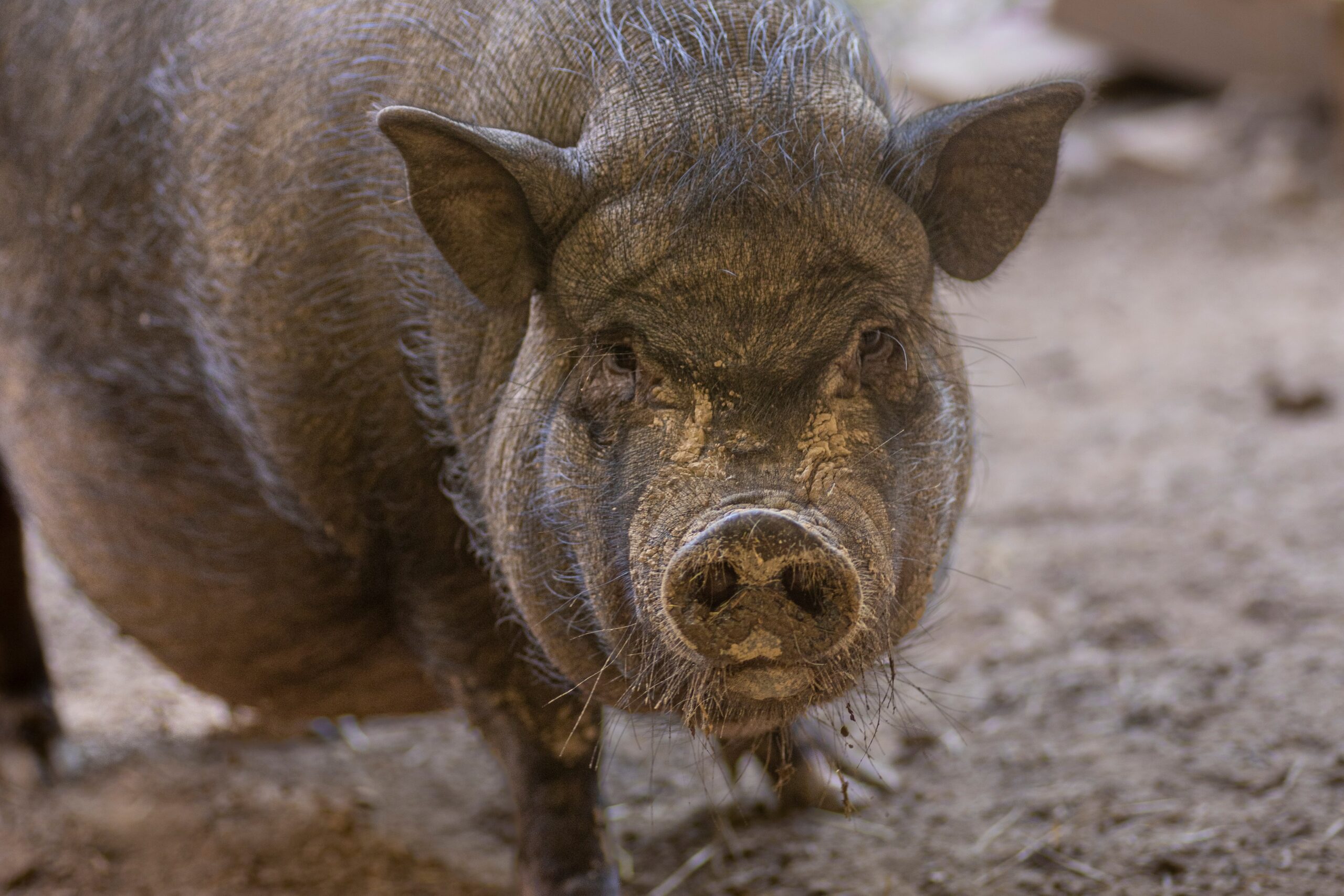Written by: Dr. Paisley Canning
Injection site:
All injections should be:
- In the neck
- Behind the ear
- With the needle perpendicular to the neck.
To locate injection site:
- The key landmark is the edge of the ear
- Flatten the ear against the head (figures 1and 2)
- The edge of the ear, where it contacts the neck, is the perfect site to inject (figure 3)
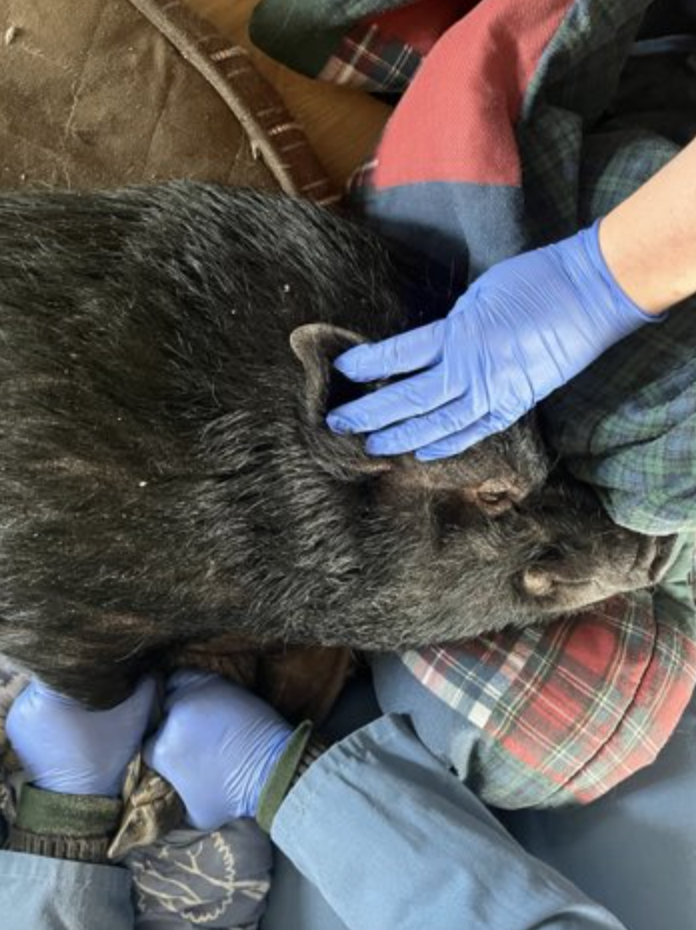
Figure 1: Flatten your pig’s ear against their head.
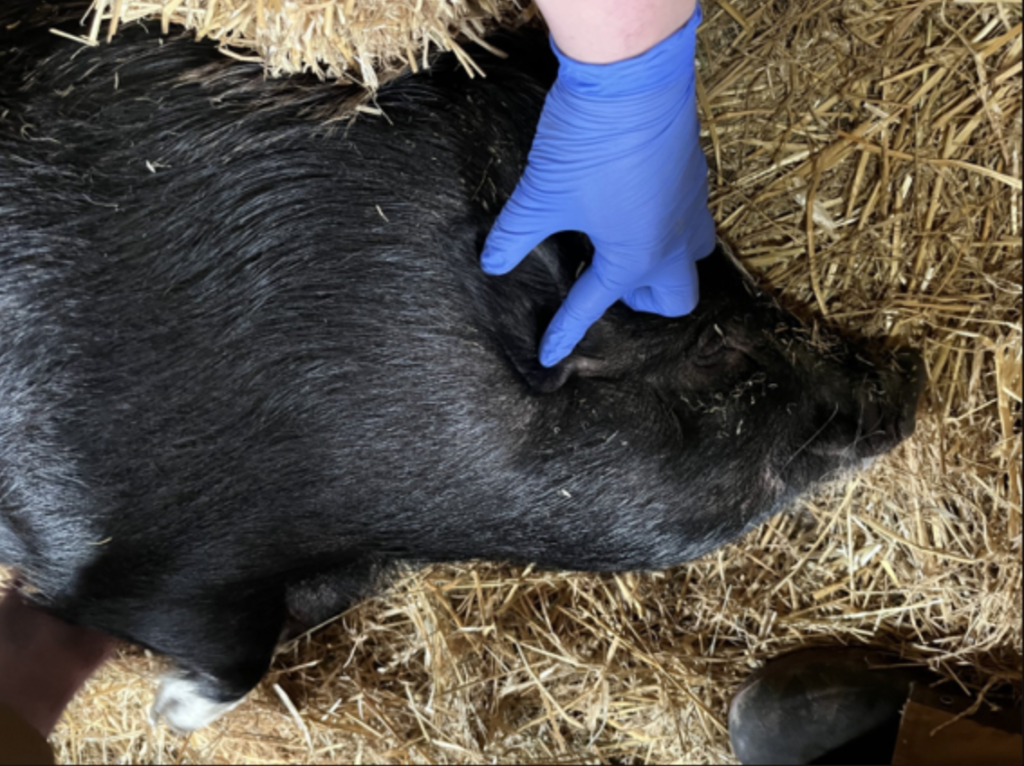
Figure 2: Flatten your pig’s ear against their head.
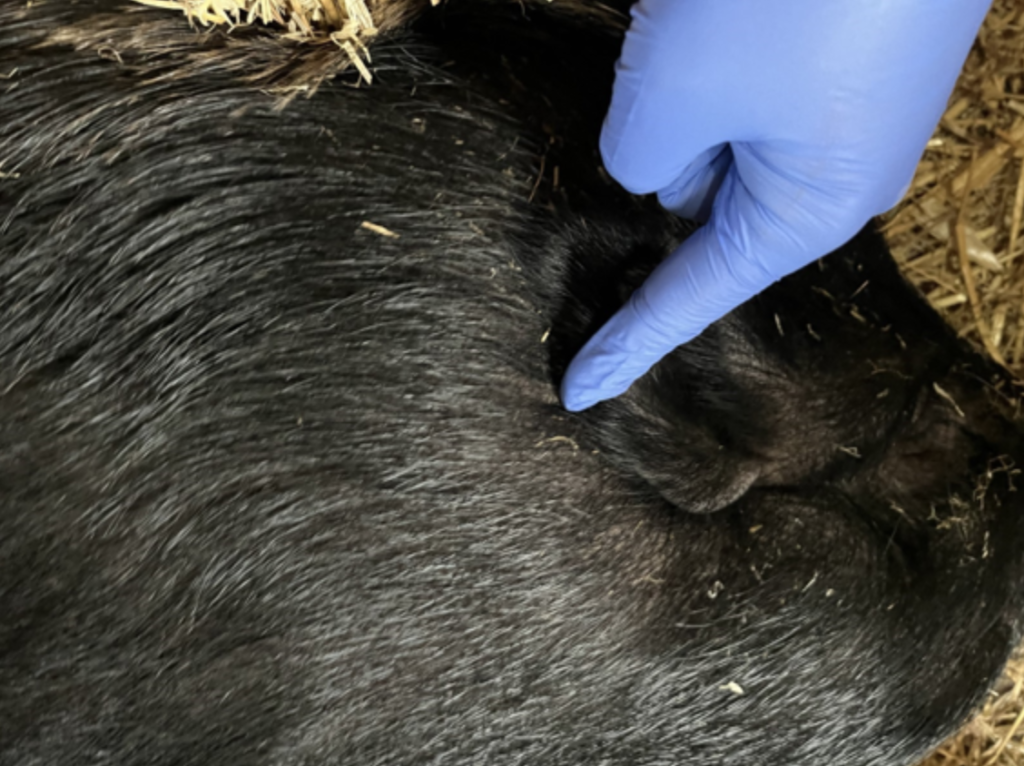
Figure 3: Note where the gloved hand is pointing. The edge of the ear, where it contacts the neck, is where you want to be injecting your pig.
The following video gives an example of an injection being given in the correct spot of a pig’s neck.
Example of injection site on different pigs: See figures 4-8.
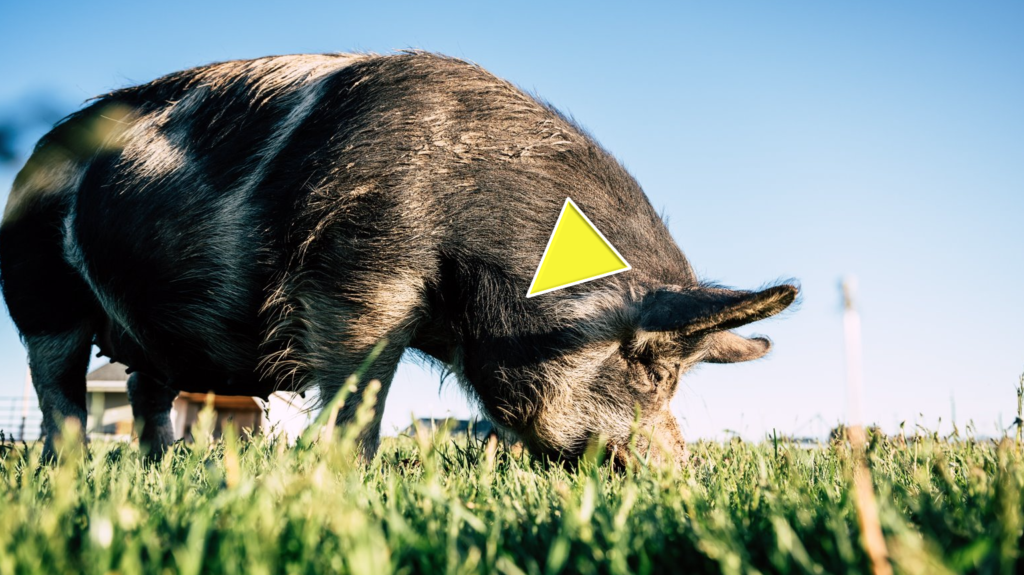
Figure 4: The yellow triangle shows the ideal injection location.
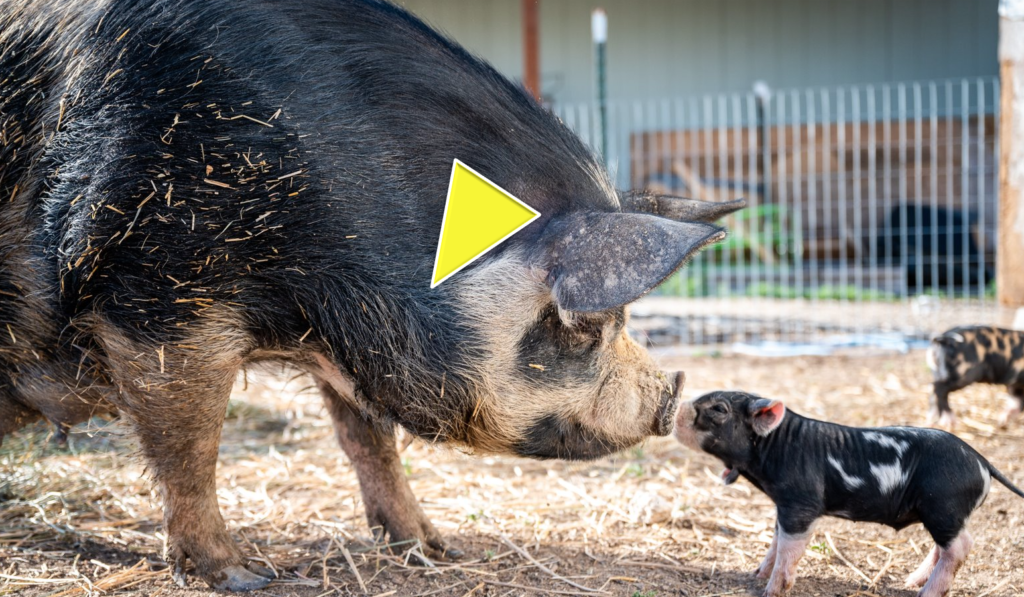
Figure 5: The yellow triangle shows the ideal injection location.
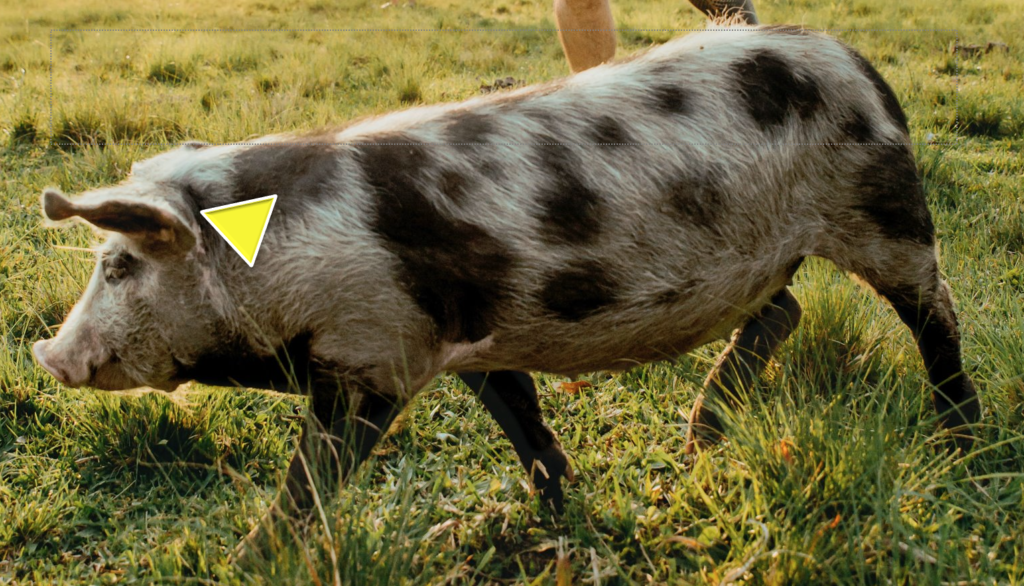
Figure 6: The yellow triangle shows the ideal injection location.
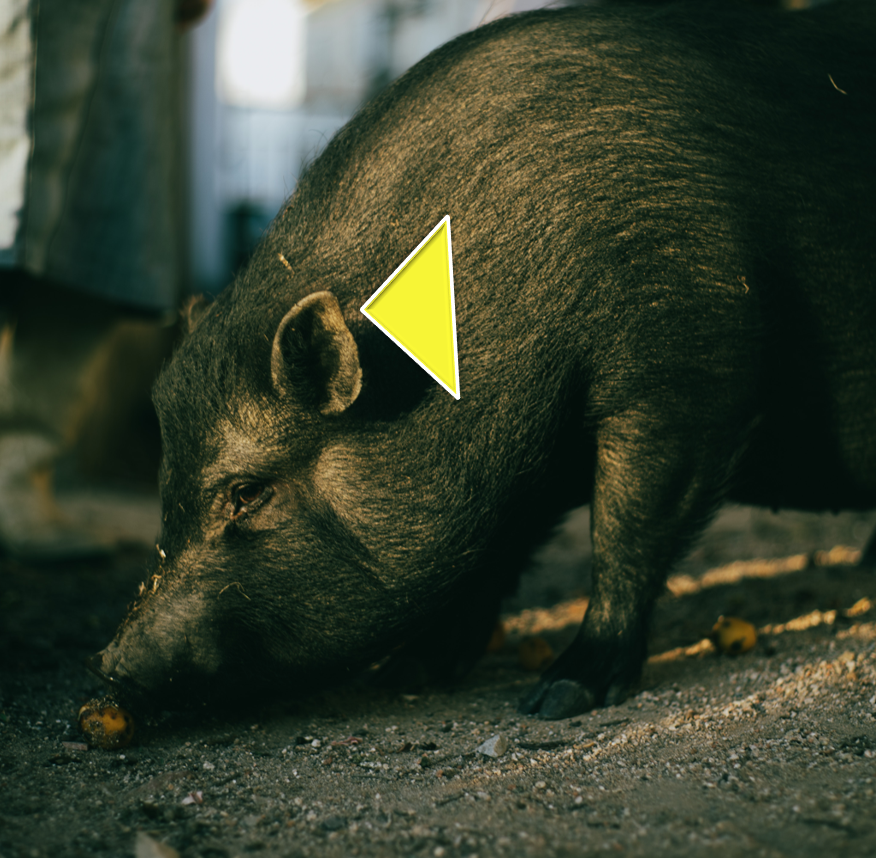
Figure 7: The yellow triangle shows the ideal injection location.
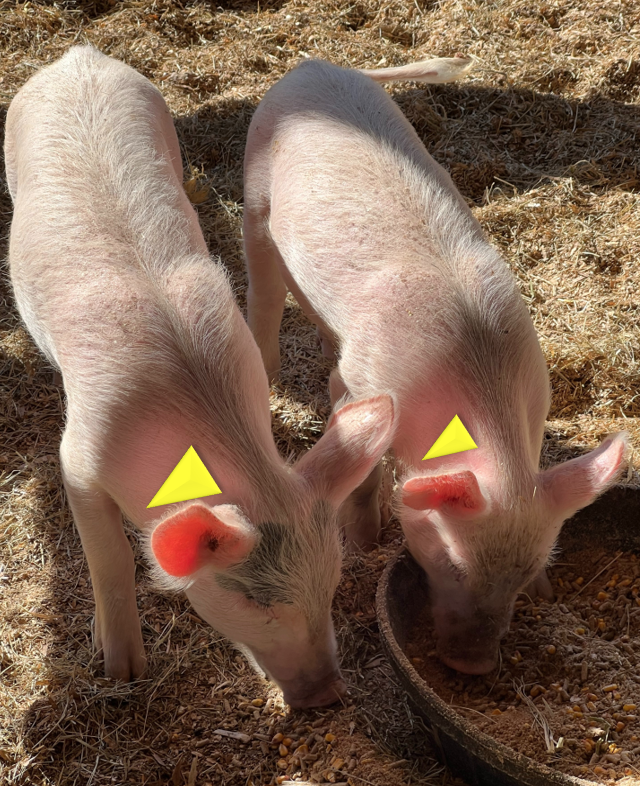
Figure 8: The yellow triangle shows the ideal injection location.
Tips and Tricks!
Practice!
- Get the pigs used to neck scratches
- If any time you got near their neck you give a shot – they will resent it, make a habit to scratch their neck daily
Be brave! Be calm! Be causal!
- Pigs will pick up on your anxiety
- Pigs have thick tough skin, it takes some effort to enter the skin
- Best to do it with power quickly than to be not fully committed
- Scratch the pigs neck intensely to distract before you give the shot
Distract with food while you are giving the injection
- Lick mat with frozen peanut butter, dog food, pumpkin, applesauce to keep them distracted
- Treats
- Hold off feed in the morning so they are extra hungry
Have help!
- One person doing shots
- One person distracting with belly rubs or pets or food
Do one pig at a time
Have extra supplies (drugs, vaccine, needles and syringes) ready
- Don’t use a bent or broken needle, this is VERY dangerous, get a new one
Pig board can help
- Use the pig board to squish the pig up against a wall so it can’t move away from you – best for pigs >150lbs
You may get some liquid dribble, you may get a drop or two of blood – this is OK
Use luer lock (not leur slip) syringes where the needle twists on to the syringe
Muscle vs. Under the Skin Injections
Intramuscular “IM”
The needle is directed through the skin, through the fat under the skin and into the neck muscle (see figure 9 for the target location for intramuscular injections) .
For adult pot-bellied pigs need at least 1.5 inch long needle to reach muscles.
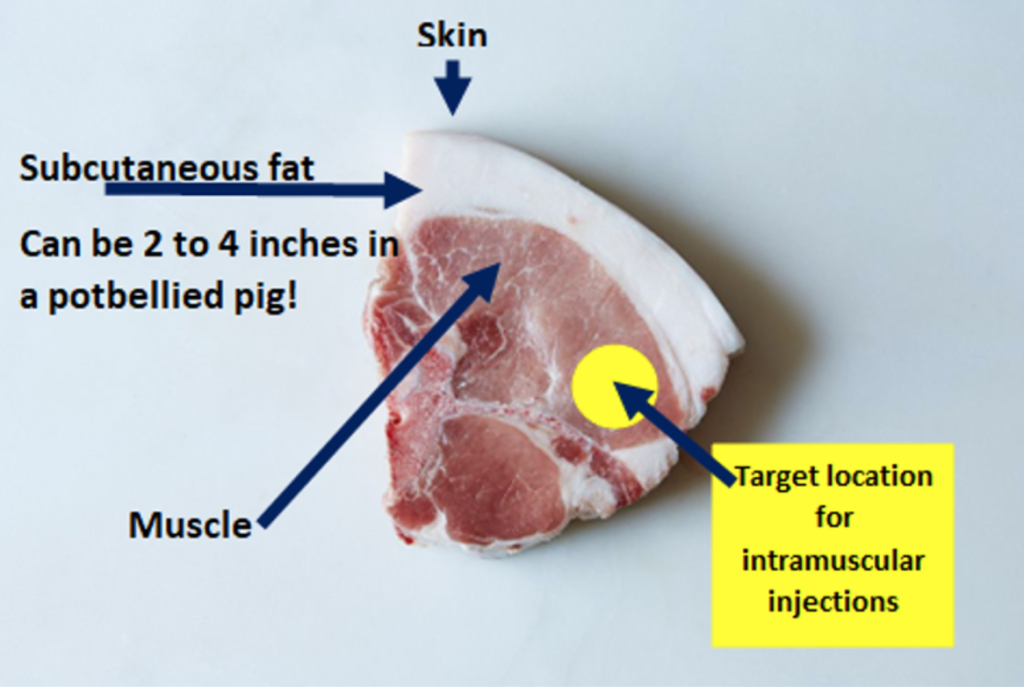
Figure 9: Above shows the layers for which your needle needs to penetrate for an “IM” injection. The muscle being the target location.
Subcutaneous “SQ”
For small pigs, use the loose flaps of skin in the flank or behind the elbow.
For larger pigs, inject in neck behind the ear at the same location as for IM injections but using a shorter needle than in a IM injections .
Needle should be inserted 90degrees or perpendicular to the skin for both IM and SQ injections.
Needles – size/gauge and length
- Needles come in various widths, called gauges
- Smaller gauge…..wider needle
- Needles come in various lengths
- Measured in inches
See figure 10 below for example of different needles.
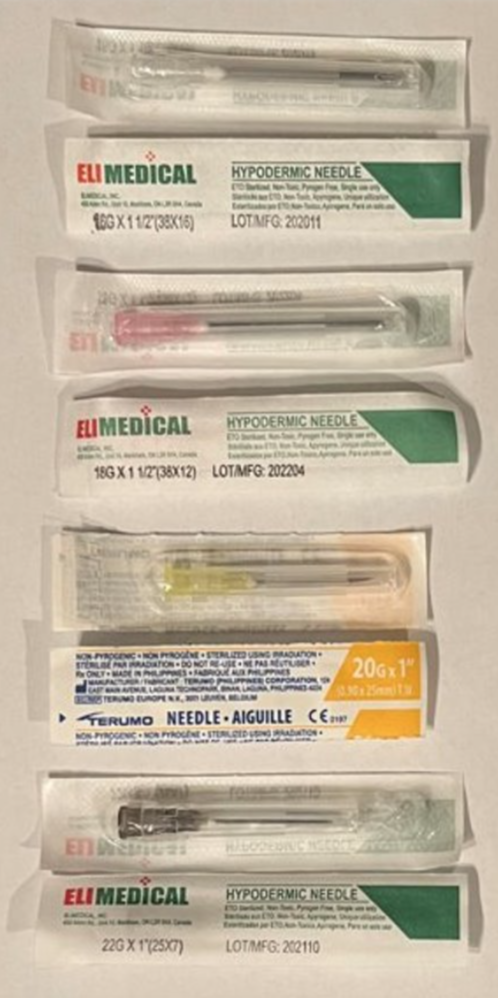
Figure 10: The photo above shows an 16g x 1.5 inch needle, a 18g x 1.5 inch, a 20g x 1 inch, and a 22g x 1 inch needle.
See figure 11 below for a size comparison between different needle lengths and gauges.
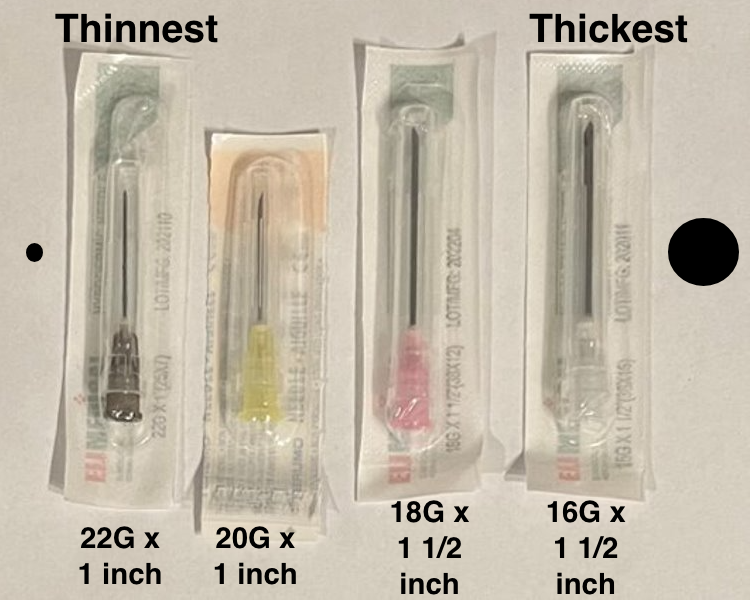
Figure 11: Above is image showing a 22g x 1 inch, 20g x 1 inch, 18g x 1.5 inch, and 16g x 1.5 inch. Notice how the lower the gauge, the larger the needle.
Needle Sizes
For intramuscular injections:
- Baby Pigs (less than 15lbs): 18 or 20 gauge, length: 5/8 or 3/4 inch
- Young pigs (15 to 100lbs): 18-gauge, length: 1 inch
- Adult pigs: 16 or 18 gauge, length MINIMIUM 1.5 to 3 inches
For Subcutaneous Injections:
- Baby Pigs (less than 15lbs): 18- or 20-gauge, length: 1/2”
- Young pigs (15 to 100lbs): 18- gauge, length: 3/4” or 5/8”
- Adult pigs: 16 or 18-gauge, length 1 to 1.5inch
Contact the clinic at [email protected], or on facebook.com/upperthamesvs.

